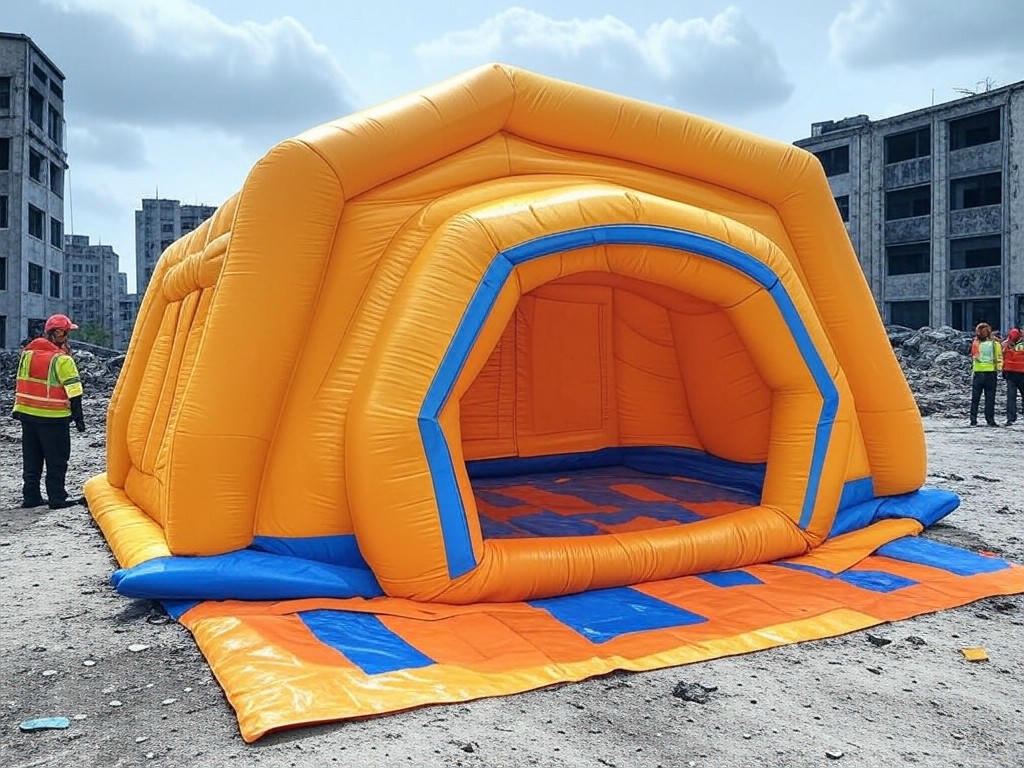Inflatable structures have become a staple in various industries, from emergency shelters and medical devices to amusement parks and space exploration. The science and engineering behind these inflatables are fascinating, showcasing the innovative use of materials, technology, and design to create durable and safe constructions.
The Science of Inflatables
At the core of inflatable technology is the principle of using air or gas to create rigid structures. This concept relies heavily on the science of pneumatics, which is the study of the mechanical properties of gases. Engineers use this knowledge to design inflatables that can maintain their shape and withstand external pressures.

Materials and Durability
The choice of materials is crucial in ensuring the durability and safety of inflatable structures. Most inflatables are made from synthetic fabrics such as polyester or nylon, coated with materials like PVC or polyurethane to enhance strength and resistance to environmental factors. These materials are chosen for their ability to withstand inflation pressures and maintain integrity over time.
Engineering and Design
The engineering behind inflatables involves intricate design processes to optimize performance and safety. Computer-aided design (CAD) software is often used to model the structure and simulate how it will behave under various conditions. This allows engineers to refine the design, ensuring that the inflatable can support the intended load and remain stable.
Safety and Innovation
Safety is a paramount concern in the design of inflatable structures. Engineers incorporate multiple safety features, such as reinforced seams, safety valves, and emergency deflation systems. Innovations in this field continue to push the boundaries, with new technologies like self-healing materials and smart sensors that monitor the integrity of the structure in real-time.

Construction and Applications
The construction of inflatables varies depending on their intended use. For large structures like event tents or emergency shelters, the process involves cutting and sewing large pieces of fabric, followed by the assembly of the inflatable chambers. Smaller items, such as medical devices, may be manufactured using more precise techniques like heat sealing.
Inflatables have a wide range of applications, from recreational uses like bounce houses and water slides to critical roles in disaster relief and space exploration. The versatility and portability of these structures make them invaluable in scenarios where traditional construction methods are impractical or impossible.
Future of Inflatable Technology
The future of inflatable technology looks promising, with ongoing research and development focused on enhancing the capabilities of these structures. Advances in materials science and engineering are expected to lead to even more durable, lightweight, and multifunctional inflatables, opening up new possibilities in various fields.
In conclusion, the science behind inflatable structures is a testament to human ingenuity and the power of engineering. By leveraging advanced materials, innovative design, and cutting-edge technology, inflatables continue to evolve, offering safe, durable, and versatile solutions across numerous applications.


